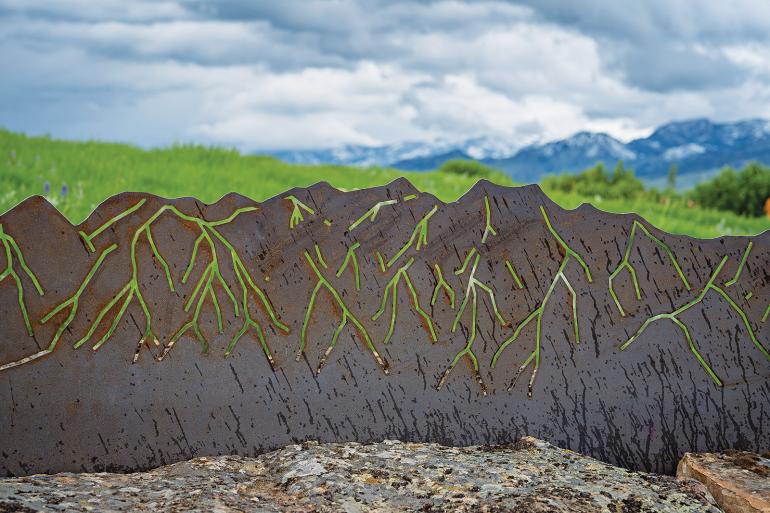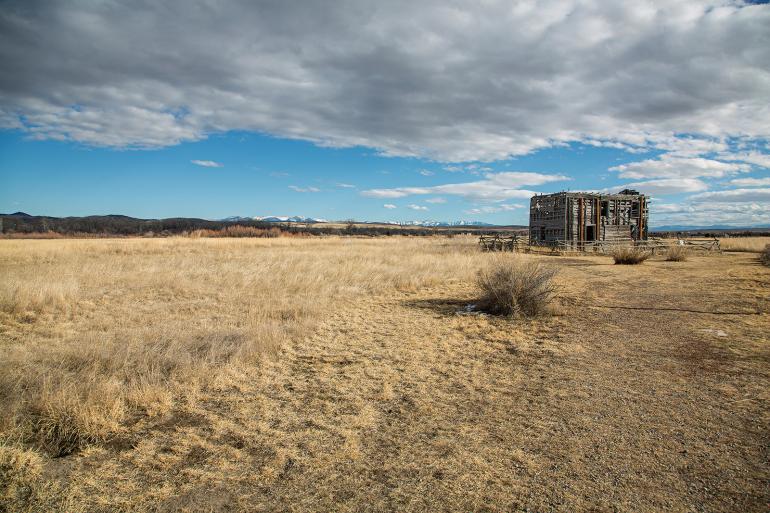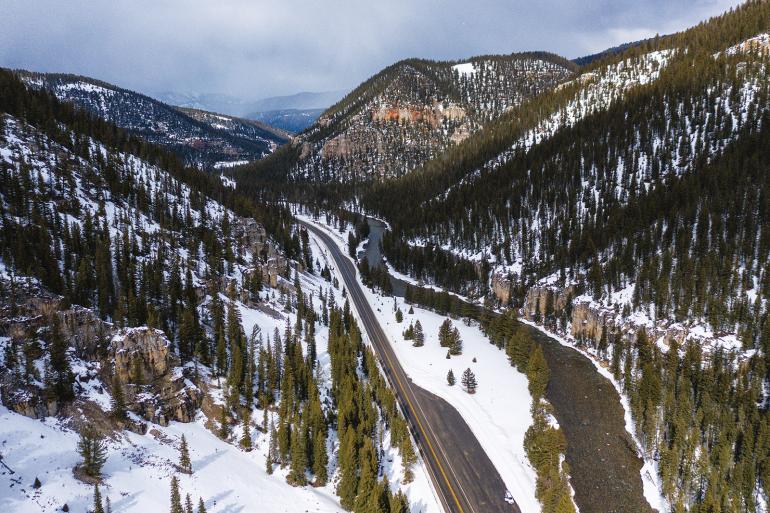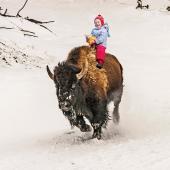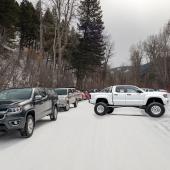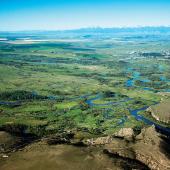News & Notes: Fall 2024
Conservation, access, and public-lands updates from around the Bozone.
FOR THE LOVE OF PEETS
This summer, Gallatin Valley Land Trust (GVLT) added a new mountain-range finder and medicine wheel installation atop Peets Hill. The artwork uses metal backrests on stone benches to help visitors identify and name surrounding mountain ranges and peaks with confidence. The medicine wheel is intended to share a piece of indigenous culture, and help people understand the wheel’s role in health, healing, and ceremony. The installation is the culmination of many improvements made to Peets Hill in the past two years, including a noteworthy 12-acre addition to the park. Other improvements include two new scenic overlooks, extension of the Chris Boyd Memorial Trail down to Church Ave, and accessibility upgrades to the loop atop the hill. On a similar trail-improvement and usage note, GVLT also raised $90,000 from local businesses during its Summer Trails Challenge in June this year, thanks to community members logging just over 99,000 miles of biking, hiking, and running on local trails. With the money, GVLT will continue to work hard and collaborate with the community on trail-improvement projects. —Katie Sproles
EXPANDING HEADWATERS
In late June, Montana Fish, Wildlife & Parks (FWP) finally secured a 26-acre addition to Missouri Headwaters State Park. The parcel was purchased by the Montana State Parks Foundation in April for $930,000 and donated to the State Park after unanimous approval from the Montana Board of Land Commissioners in March (including attorney general Austin Knudsen and governor Gianforte). “We are so grateful to all who have helped make this acquisition possible,” Linnaea Schroeer, FWP’s Outdoor Recreation Program manager said. “It will secure and protect important cultural, habitat and recreational resources for one of Montana’s most beloved state parks.” FWP will be working this summer to clean up the property and remove old farm equipment, with public access expected to open this fall. It’ll be well worth taking an afternoon to check it out. —Eli Fournier
WILDLIFE WELFARE ON 191
Drivers on Hwy. 191 between Bozeman and West Yellowstone navigate twists and turns, semi-trucks, ice, and large mammals on the roadway. While most of the hazards are here to stay, wildlife collisions have the potential to be minimized—and soon! In June, the Bozeman-based Center for Large Landscape Conservation (CLLC) commissioned an engineering feasibility study of potential measures such as wildlife overpasses, underpasses, bridge retrofits, and associated fencing that would allow safe passage for wildlife over or below Hwy.191. The study is currently examining two of 11 priority sites first identified in an assessment published by CLLC and Montana State University’s Western Transportation Institute last year.
The timing to address wildlife-vehicle collisions and other impacts of traffic volume is opportune. The $350-million federal Wildlife Crossings Pilot Program is accepting applications through mid-2025, and the feasibility study will provide information for an anticipated application. However, to unlock federal funds that would cover 80 percent of project costs, the remaining 20 percent must be secured by private or other non-federal funding. To provide support or to learn more about efforts to make Hwy. 191 safer—for both people and animals—visit largelandscapes.org/191. —Christine Weinheimer
FROM PUBLIC TO PRIVATE
Hunters putting in for B-tags this fall may have noticed fewer public-land opportunities than in years past in southwest and central Montana. Close to Bozeman, the most surprising change was a shift in all Madison elk B-tags to “Not valid on National Forest.” Julie Cunningham, the FWP regional wildlife biologist, weighed in on the change: “Elk are over population objective in HD 360 and cause agricultural damage and brucellosis transmission risk on private lands in the Madison Valley. The shift in the B-license opportunity is to make it easier to harvest elk in the places where they are causing these challenges.” It’s unclear, however, how the move makes things easier for private-land harvest—last year, there were 1,000 tags valid on both private and public lands in the district (it’s worth noting, though, that the tags are still valid on state land, so the public isn’t completely shut out). For now, though, it’s time to start knocking on doors in the Madison Valley and other districts, like most of the 400-series units, where similar changes were made for doe tags. We can only hope that landowners are receptive. After all, if ranchers are truly interested in limiting agricultural damage and brucellosis transmission, it would be in their best interests to allow hunting on their properties this fall. —Eli Fournier



